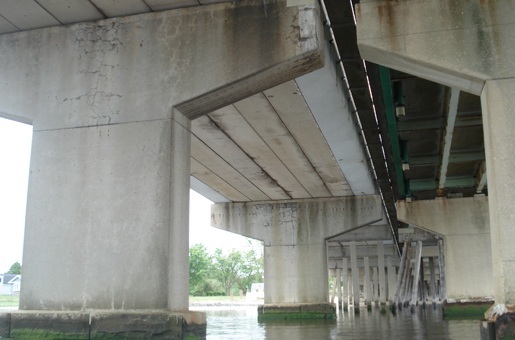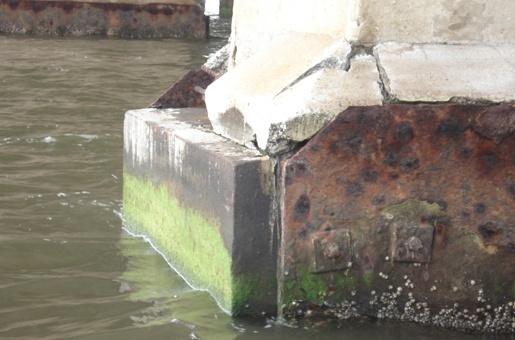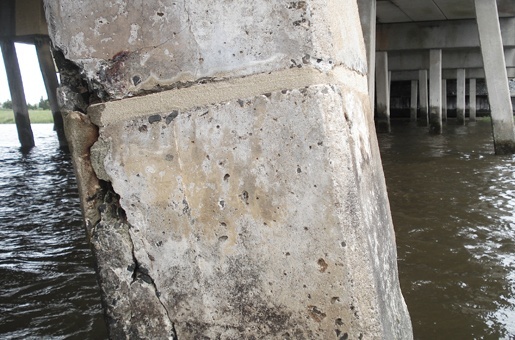


NJTA Garden State Parkway Bridges
Infrastructure Preservation Objectives
The NJTA manages two of the busiest toll roads in America, the New Jersey Turnpike and the Garden State Parkway. Spanning over 277 km (172 miles) the Garden State Parkway has been ranked as the busiest toll highway in the United States and is considered a critical link in the transportation network for hundreds of thousands of commuters and travelers every day.
Built over 40 and 50 years ago, the Garden State Parkway bridges were showing significant signs of deterioration. The NJTA therefore called on engineering experts in order to help them define cost-effective repair strategies to ensure the preservation of the Parkway Bridges.
Condition assessment and service-life evaluation to extend the service life by 50 years
SIMCO was hired to conduct a condition assessment and service-life evaluation of different structural elements (box beams, I-beams, piles, pile caps and pre-stressed piers) of 6 Parkway bridges for the NJTA.
SIMCO’s scope of work consisted in identifying all possible degradation mechanisms and predicting the remaining useful life in order to select the most cost-effective maintenance and repair strategies to extend the service life of the bridges’ structural elements by 50 years.
SIMCO proceeded with a complete review of available inspection data and related documents prior to a visual inspection of the different structural elements in order to identify concrete durability problems and areas where concrete cores were to be extracted for laboratory testing. The information gathered was used for an in-depth characterization of the current condition of in-place concrete.
With the use of SIMCO’s STADIUM® numerical modeling software, chloride profiles were analyzed to generate information on local exposure conditions affecting each structural element. SIMCO’s methodology involved the analysis of potential deterioration caused by the following degradation mechanisms: chemical contamination; DEF (Delayed Ettringite Formation); freeze-thaw, ASR (Alkali Silica Reaction); carbonation-induced corrosion; and chloride-induced corrosion.
The concrete characterization and calculations performed using SIMCO’s STADIUM® numerical modeling software indicated that the main deterioration problems on structural elements tested were caused by freeze-thaw cycles and chloride-induced corrosion. ASR was also identified as a potential threat in the pile caps. The analyses and simulations conducted focused on establishing the best repair options based on observed degradation mechanisms and current contamination levels.
With the use of SIMCO’s STADIUM® numerical modeling tool, a systematic evaluation of different repair scenarios was performed on the basis of service-life extension criteria. It provided reliable information for the NJTA to select the most efficient repair alternatives in accordance to their allocated budget.
When used early on in an asset management process, SIMCO’s innovative methodologies, techniques and solutions can significantly improve strategic planning and budgeting to ensure durable and sustainable infrastructure.
Quick Fact
SIMCO’s STADIUM predictive modeling tool was used to evaluate different repair scenarios on the basis of service-life criteria helping the NJTA to select the most cost-effective repair alternatives in accordance to their allocated budget.


